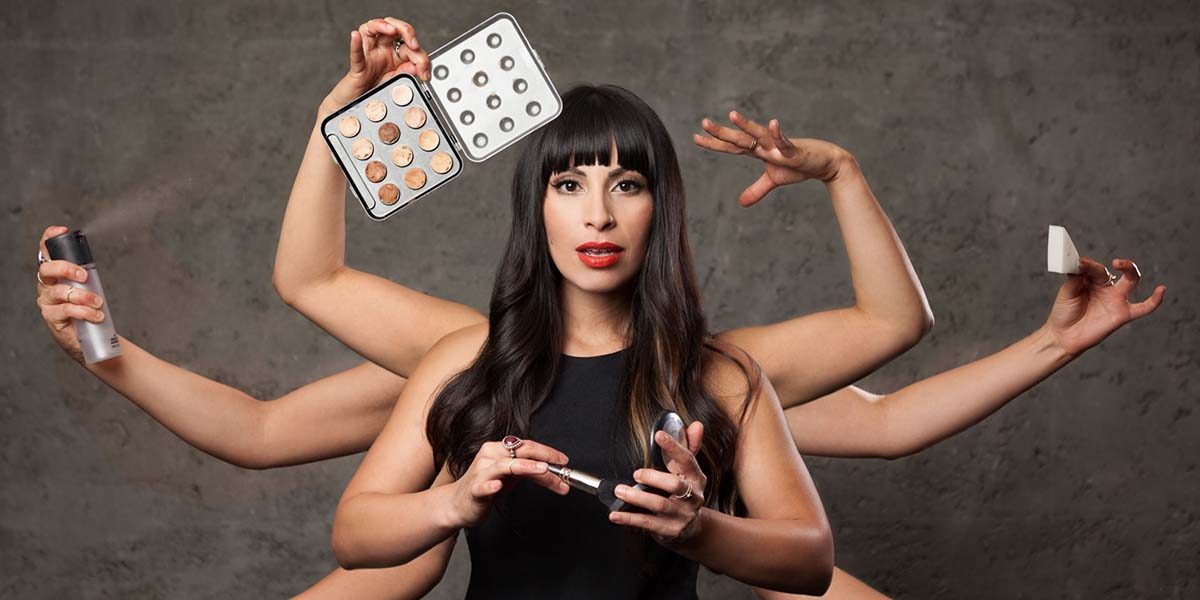In the past few years, the home service market, which is estimated to be worth $50 billion, saw the influx of on-demand home service aggregators like Urbanclap, Timesaverz and Housejoy, which opened job opportunities for thousands of blue-collar skilled workforce. The freelancers such as carpenters, plumbers, electricians, house painters and technicians, among others, became the part of the home service organized market.
The on-demand aggregators, which were born and raised along the same line and in the same year went gaga about this new market. Investors also showered dollars on the assumed rising sector, which sang the victory song all while even before the battle was fought and won.
Interestingly, all the major players did everything they could, showed the birth, growth and silently pivot to keep investors and industry interested during the same time period.
Timeline
Besides Timesaverz and LocalOye, which were founded in 2013, UrbanClap, Housejoy, Doormint, Taskbob and Zimmber forayed in 2014.
In the nextyear, 2015, the barrage of funding was opened for such startups; almost all the players raised different rounds in the same year – from Seed round to Series B. All the seven players collectively raised around $82.9 in 2015 from various investors – Tiger Global, Bessemer, SAIF Partners, Accel Partners and Ratan Tata.
With the dawn of 2016, the players had realized the hype built by themselves on blue collar workforce was far-fetched and a distant reality. So, they started pivoting from categories to a new pink collar workforce – beauty.
During January 2016, Urbanclap, Housejoy and Timesaverz joined the beauty and salon club together. The other players also followed the lead in the following months.
Meanwhile, as the year approached towards end, news of on-demand services shutdowns started trickling in with announcement of Doormint closing down the business in September last year. In the beginning of 2017, Taskbob closed operation and Zimmber was acquired by Quikr in all-stock deal.
Now, on-demand horizontal players are playing a larger bet on beauty segment.
Betting big on beauty
When we tried to find out the reasons behind launching this new category, Varun Khaitan of Urbanclap says, “The largest category is beauty. The concentration of the beauty category is more than 15 percent in compare to other services we provide. Average ticket size for the category is Rs 1,000, with 20-30 per cent margin.”
Urbanclap sees itself as single largest player with almost 7000 requests everyday on its platform. It serves in 107 other live service categories and boasts of 65,000 professionals on its platform. Currently, Urbanclap has around 900 beauticians registered on its platform and claims to get one-third of total order in beauty.
Whereas, Mumbai-based Timesaverz, claim to have 3000 partners. “We are ROI positive in Cleaning and handyman category. Beauty is also segment that has been positive as currently we provide this service only in Mumbai for which we have around 25 beauticians working with us”, says Debadutta Upadhyaya, Founder of Timesaverz, which gets 1000-1500 requests done every day.
Another competitor in the segment, Housejoy has its eye set on beauty segment, the largest category in terms of revenues, margins and repeat rate of services.
“The beauty segment promises 20-40 per cent as compared to other services like repair, which give average margin of 20-25 per cent. Beauty will be EBITDA level positive very soon”, said Saran Chatterjee, CEO of Housejoy.
The company has 500 women enrolled on a monthly pay roll across the country. Housejoy receive 400-500 orders in a day. The average order size is around Rs 1000. It has also partnered with salon brands like L’Oreal, Rica, Cristine Valmy, and Raaga.
Meanwhile, during mid-2016, Quikr, which launched QuikrServices in late 2015, showed a sudden interest in the beauty segment and went on acquiring spree for the next few months. During the last year, it acquired three on-demand beauty service startups – Salosa, Zapluk and StayGlad. Today, QuikrServices runs its beauty service under a brand name AtHomeDiva.
“Today, beauty is one of the top three categories on QuikrServices in terms of traffic and revenue. This category brings more than 30 per cent of traffic on QuikrServices,” says QuikrServices.
But why this blue to pink shift
“You need to have broader the spectrum of offerings in this business,” says PD Sundar, Head at QuikrServices.
He adds that beauty and personal care is a regular need for most working women as well as homemakers to a certain extent. In this category, where there is an inherent demand, what it gives a predictable market, which means that if the service is good they will come back to platform to use the service.
“This is why we included the category. Besides, these are very sticky customers and they are interacting with the brand continuously, so there is more opportunity to cross sell or create awareness for other categories,” continues Sundar.
“Professionals are earning more than three times of what they were making earlier. A beautician who was earning 15,000 independently is earning 50,000 through Urbanclap. We are providing certain guaranteed services and insurance against potential damages whereas if a customer connects to professionals directly they don’t get all these important assurances,” adds Khaitanof Urbanclap.
Nishant Singhal, Co-Founder at Youwecan Ventures, who was also one of the early investors in an on-demand home beauty platform Vyomo said, “Why it makes sense for Urbanclap, Housejoy, QuikrServices and others to join on-demand beauty is that they are horizontal players and it is impertinent for them to create more verticals to increase the revenue generation.”
Vertical vs horizontal vs offline
Experts say that two things which will determine the business factor in on-demand beauty service were — scaling up the customer base and maintaining the quality service.
Unlike on-demand home service platforms, which were offering varied services, beauty vertical platforms suffered in drawing new customers, where horizontal platforms have always a larger customer base on the platform owing to a large number of services and have a competitive advantage.
However, it never means that everything is perfect in horizontal platforms and they have creacked the market code.
After suffering back to back loss in revenue in last two years, Housejoy has reduced its workforce by almost half and consolidating operations in only five cities – Bangaluru, Delhi, Hyderabad, Mumbai and Chennai.
Addressing the pain-point in this segment, Singhal of YouWeCan Ventures says that on-demand home beauty is a very large sector and can be extremely successful provided the cost model is structured in a way it can be profitable.
Shedding light on the gaps in this sector, Singhalof YouWeCan Ventures says that the problem with the startups which came in year 2015-16 was that they spent heavily on generating demand online. He believes that for the sector which is a complete offline model, the demand could have been created through offline channelslike advertisements in print newspaper, business invitation, networking and cold calling, as well instead of spending on tech and marketing.
Talking specifically on logistics, he said that the on-demand players which started a hyperlocal service have swerved to city-based services, which is difficult to manage in large cities like Delhi, Bengaluru and Mumbai.
For example, in beauty segment, travelling from Gurgaon to offer a service, worth Rs 1500, in Delhi is not a sustainable business where travelling charges will be around Rs 1000. It is the area where many on-demand beauty verticals failed and horizontals players seemed to be groping in the dark.
Singhal also says that on-demand home beauty has become a complete offline service model where neighbourhood salons are running home services and are doing well without spending on tech, marketing and logistics.
In the top 35 cities, there are some 85,000 salons (four-chair, two-bed units) in operation. There are as many as 180,000 – 200,000 beauty professionals across India, with 50,000-60,000 of them being freelancers, according to industry estimates.
It will be interesting to observe how the on-demand platforms sort out the expense part in the beauty segment and fare against the offline beauty stores.
Image credit: srkheadshotday













